🔍 Top 10 IOC Search & Enrichment Platforms Every SOC Analyst Should Know
In the world of cybersecurity,
Indicators of Compromise (IOCs) play a vital role in threat
detection, investigation, and response. Whether you're analyzing malicious
domains, suspicious hashes, or phishing URLs, having access to the right
enrichment platform can dramatically improve both speed and accuracy.
Here’s a curated list of the
Top 10 IOC search and enrichment platforms, including their
features, pricing, and
pros and cons—culminating in a handy comparison table for
decision-makers and security practitioners alike.
1. VirusTotal
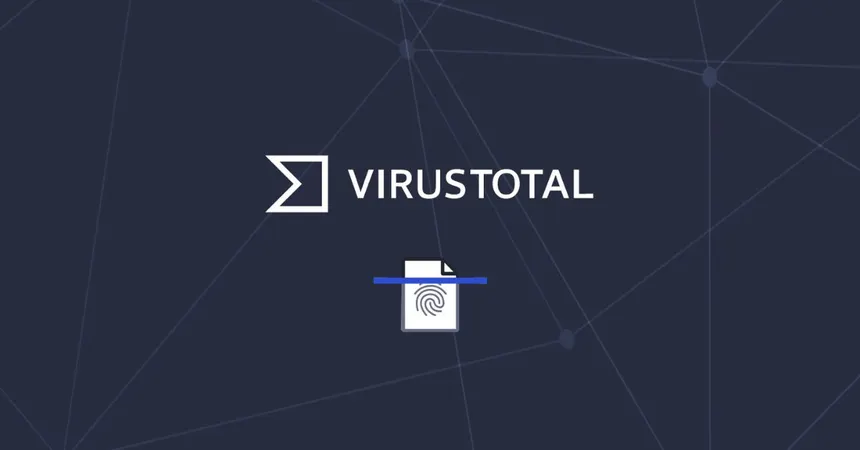
Overview
VirusTotal is the most widely used threat intelligence platform for analyzing
files, IPs, domains, and URLs using over 70 antivirus engines and a range of
behavioral sandboxes.
Key Features
- Multi-AV scan (70+ engines)
- Static and dynamic analysis (sandbox)
- Visual threat graph (relations)
- API support
Pros
- Comprehensive visibility
- Massive threat data lake
- Community-powered comments
Cons
- Public scans are visible to all unless you’re a premium user
- Some false positives
Pricing
- ✅ Free (basic)
- 💰 Paid for enterprise/API tiers
2. ThreatFox (by Abuse.ch)

Overview
ThreatFox is a community-driven platform focused on sharing malware-related
IOCs with a strong emphasis on TTP mapping and campaign tracking.
Key Features
- Realtime IOC feeds (IPs, hashes, URLs)
- JSON/CSV exports
- MITRE ATT&CK mapping
- REST API
Pros
- Open-source and free
- Integrates easily into SIEMs
Cons
- Limited GUI for historical deep-dives
- Not sandbox-based
Pricing
- ✅ 100% Free (Open Source)
3. AlienVault OTX (Open Threat Exchange)
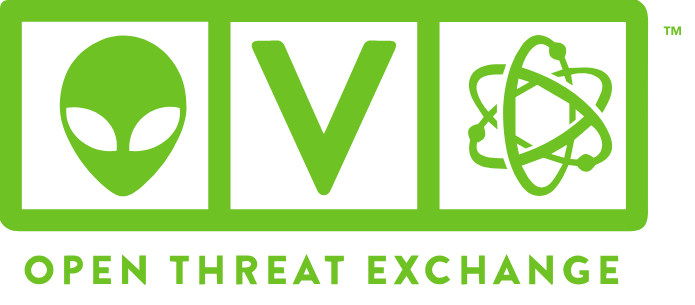
Overview
AlienVault OTX is an open threat intelligence community by AT&T that offers
"Pulses"—bundles of IOCs tied to specific campaigns.
Key Features
- Pulse-based IOC correlation
- Threat context from other users
- Interactive dashboard
- API access
Pros
- Rich contextual IOC data
- Collaborative community
- Easy to explore related IOCs
Cons
- UI may feel cluttered
- Pulse quality can vary
Pricing
- ✅ Free
- 💰 Premium AT&T Cybersecurity integrations (USM)
4. Cisco Talos Intelligence
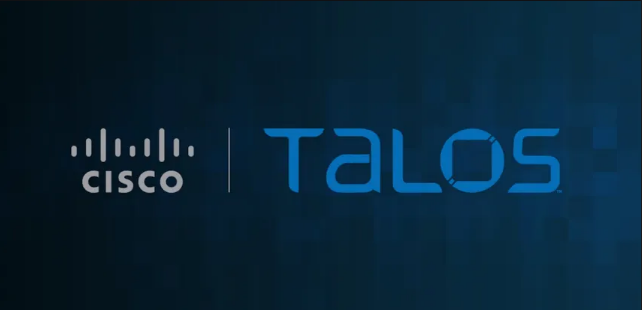
Overview
Cisco Talos provides high-quality, enterprise-grade threat intelligence
including IP/domain/file analysis and context.
Key Features
- Threat lookup for IPs, domains, file hashes
- DNS history, WHOIS data
- Phishing/spam analysis
- Public research blogs
Pros
- Reliable, vetted intel
- Free, detailed reports
Cons
- No user submissions or sandbox
- No bulk IOC upload/search
Pricing
- ✅ Free (no login required)
5. IBM X-Force Exchange
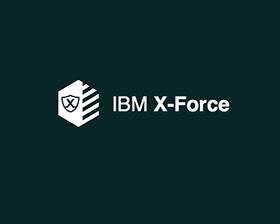
Overview
X-Force Exchange offers behavioral and historical threat intelligence for
IOCs, actors, and campaigns.
Key Features
- IOC relationships and historical views
- Campaign association
- Threat actor profiles
- Graph-based intelligence view
Pros
- Clean and modern interface
- Research-backed data
Cons
- Requires IBM login for full access
- Rate limits on free API tier
Pricing
- ✅ Freemium
- 💰 Paid enterprise features
6. Any.Run
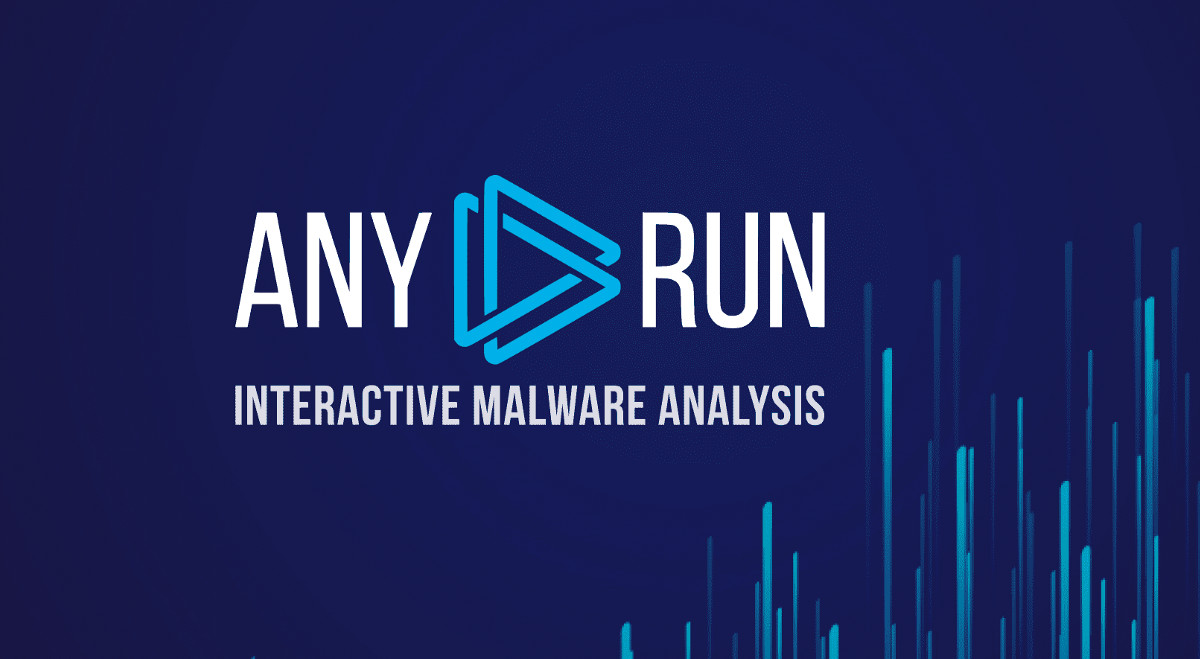
Overview
Any.Run is an interactive malware sandbox allowing analysts to visually
observe the behavior of suspicious files in real time.
Key Features
- Interactive malware analysis (GUI)
- Real-time network, registry, process insights
- IOC extraction
- Shared analysis reports
Pros
- Hands-on malware detonation
- Excellent for reverse engineers
- Easy IOC extraction
Cons
- Limited analysis duration (free tier)
- Advanced features locked behind paywall
Pricing
- ✅ Freemium
- 💰 Paid subscriptions for full access
7. URLScan.io

Overview
URLScan.io allows users to inspect how a website behaves when visited,
including scripts, redirects, and remote resources.
Key Features
- Full DOM snapshot and resource analysis
- Screenshot capture
- External link and third-party domains visibility
Pros
- Fast and automated
- Great for phishing and scam detection
Cons
- Doesn’t analyze file downloads
- May miss obfuscated JS logic
Pricing
- ✅ Free
- 💰 Paid plans for advanced usage/API
8. Intezer Analyze
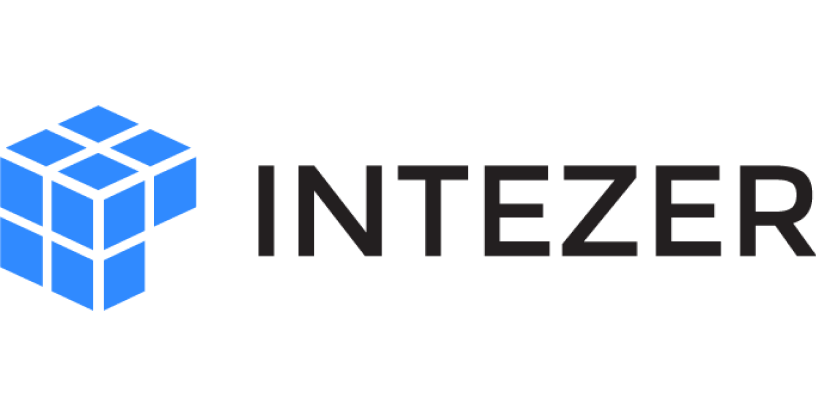
Overview
Intezer provides code-level malware analysis based on gene/memory similarity,
excelling at identifying malware families and reused code.
Key Features
- "Genetic" code analysis
- Family attribution (APT, commodity)
- Memory scan for in-memory malware
- Linux, macOS, and Windows support
Pros
- Excellent detection of polymorphic malware
- Ideal for IR and malware triage
Cons
- Free tier is limited
- Requires login for usage
Pricing
- ✅ Freemium
- 💰 Paid enterprise integrations
9. CIRCL AIL (Analysis Information Leak)

Overview
AIL is a powerful tool for tracking leaked IOCs across public paste sites,
underground forums, and data dumps.
Key Features
- Monitors data leaks and credential exposure
- Tracks actor infrastructure
- Open source and extensible
Pros
- Great for tracking exposed infrastructure
- Customizable with Python modules
Cons
- Requires local deployment and setup
- Technical learning curve
Pricing
10. MISP (Malware Information Sharing Platform)
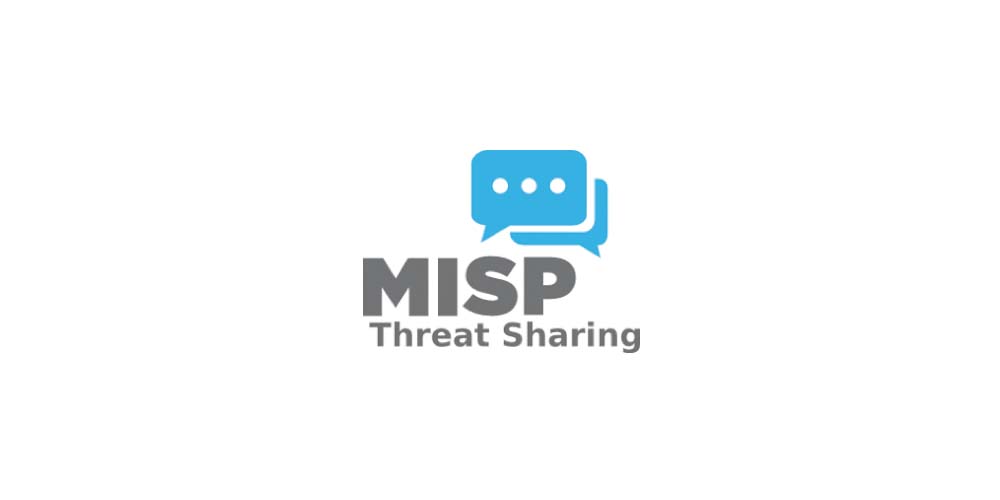
Overview
MISP is an open-source threat intelligence platform that allows for structured
sharing and enrichment of IOCs.
Key Features
- IOC sharing and correlation
- Event timelines and relationships
- TTP mapping (MITRE ATT&CK)
- Integration with SIEM/SOAR
Pros
- Highly configurable
- Active community and plugins
Cons
- Requires hosting & maintenance
- Setup can be complex for beginners
Pricing
Comparison Table: Top IOC Platforms for SOC Analysts
| Platform |
IOC Types |
Sandbox |
Pricing |
Community Sharing |
API Support |
Ideal For |
| VirusTotal |
File, IP, URL |
✅ |
Free + Paid |
❌ (but public scans) |
✅ |
General IOC lookups |
| ThreatFox |
IP, Hash, URL |
❌ |
Free |
✅ |
✅ |
Threat intel feeds |
| AlienVault OTX |
All |
❌ |
Free |
✅ (Pulses) |
✅ |
Community threat sharing |
| Cisco Talos |
IP, Domain, File |
❌ |
Free |
❌ |
❌ |
Enterprise IOC validation |
| IBM X-Force |
All |
❌ |
Free + Paid |
✅ |
✅ |
IOC context & campaigns |
| Any.Run |
File, Behavior |
✅ |
Free + Paid |
✅ (public reports) |
✅ |
Malware sandboxing |
| URLScan.io |
URLs |
Partial |
Free + Paid |
✅ |
✅ |
Phishing & redirect analysis |
| Intezer Analyze |
File, Memory |
✅ |
Free + Paid |
✅ |
✅ |
Malware family ID |
| CIRCL AIL |
IP, Emails, Data |
❌ |
Free |
✅ |
✅ |
Data leak correlation |
| MISP |
All |
❌ |
Free |
✅ |
✅ |
Structured IOC sharing |
Conclusion
In today’s threat landscape, speed and accuracy are essential. These 10 IOC
platforms equip defenders with the tools they need to enrich,
correlate, and respond to threats in real
time. While some provide deep sandboxing and behavioral insight (e.g.,
Any.Run, VirusTotal), others excel in
open-source intelligence sharing and
TTP mapping (e.g., MISP, ThreatFox).
There's no one-size-fits-all solution—each SOC should select a combination
that aligns with their detection strategy,
budget, and automation capabilities.
Leveraging even a few of these platforms can significantly
enhance threat detection, reduce false positives, and
accelerate investigation workflows.
References
-
VirusTotal –
https://www.virustotal.com
-
ThreatFox by Abuse.ch –
https://threatfox.abuse.ch
-
AlienVault OTX –
https://otx.alienvault.com
-
Cisco Talos Intelligence –
https://talosintelligence.com
-
IBM X-Force Exchange –
https://exchange.xforce.ibmcloud.com
-
Any.Run – https://any.run
-
URLScan.io –
https://urlscan.io
-
Intezer Analyze –
https://analyze.intezer.com
-
CIRCL AIL –
https://github.com/CIRCL/AIL-framework
-
CIRCL AIL –
https://www.circl.lu/services/ail
-
MISP Project –
https://www.misp-project.org
-
MISP Project –
https://github.com/MISP/MISP










